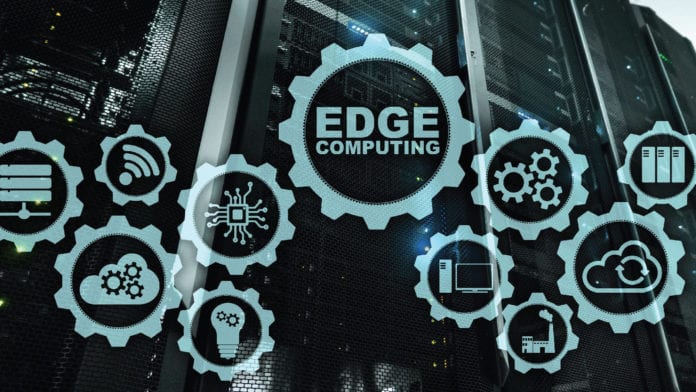Edge computing is a key enabler and motivator for digital transformation initiatives.
Edge capture has become a fundamental aspect of edge computing, according to companies, and offers similar benefits.
The basic driving idea behind digital transformation efforts is to improve company workflow efficiency. Any additional data processing step or delays in digital input processing are likely to have a detrimental impact. This problem is exacerbated by an increase in the volume of business inputs from new sources, such as IoT devices.
Edge computing solutions let businesses process data at the point of origin, reducing the number of steps in the data handling process and improving workflow efficiency. In use scenarios where quick action is not required, the cloud is nevertheless employed to manage IoT devices and analyze huge datasets.
The new paradigm of “processing everywhere” refers to data being processed where it is generated and fed into workflows that are aligned with business needs. The way businesses interact with the physical environment will change as a result of edge computing. It is well on its road to widespread adoption, whether one considers it evolutionary or revolutionary.
Almost 10% of enterprise-produced data is generated and handled outside of a traditional centralized data cloud or center, according to Gartner. Gartner expects that by 2025, this figure will have risen to 75%.
The enormous growth of data and inputs created by IoT devices has shifted the focus of important data issues. The faster pace of corporate workflows and the demand for quick answers are examples of evolving business needs.
Edge computing addresses the need for real-time data processing close to where the data is stored. This is influenced by two major factors: delay (or the cost of time) and transport (or bandwidth) costs. The processing of transactional data and other relevant data analysis continues to be hampered by bandwidth and latency difficulties, according to entrepreneurs. The two key pillars for realizing the promise of edge computing are high-volume data and low-latency processing. During the adoption of developing IT infrastructures, edge computing removes distance-induced latency and functions as a facilitator for a new breed of strategic applications.
Information and document capture have a logical synergy with edge computing. Similar trends are foreseen in the dynamics of the capture market. Document capturing began as a largely centralized operation. The underlying tendency is for business papers to be captured at their “initial point of contact” with an organization. Edge capture has enabled document scanner architecture to adapt to the need to evaluate and process data at paper-based data points of origin. Edge capture has become a key component of edge computing, and it provides similar benefits.
Like this post? Checkout our Featured Stories Section






No Comments